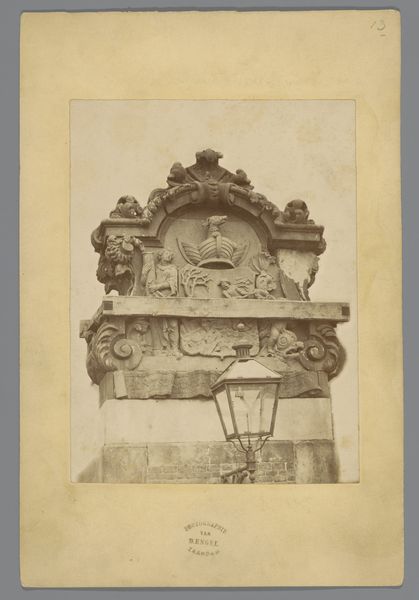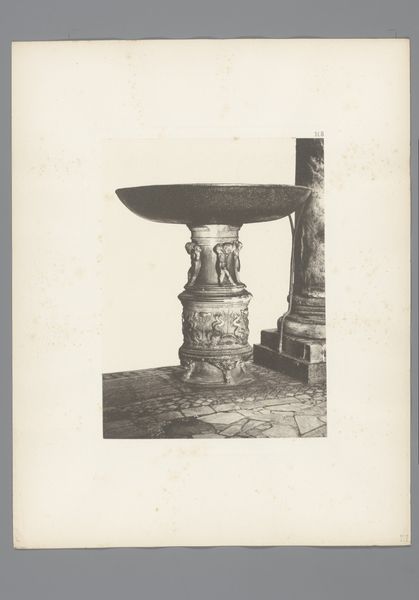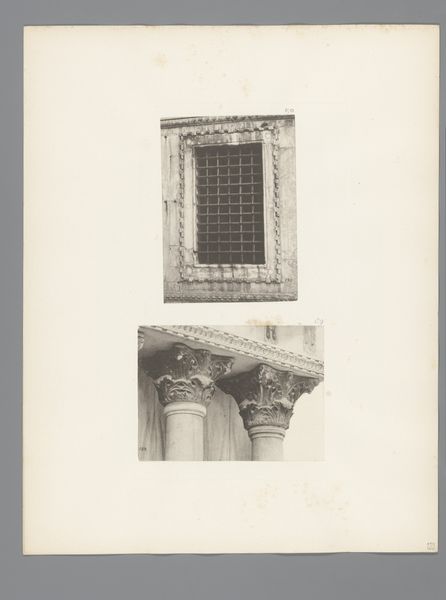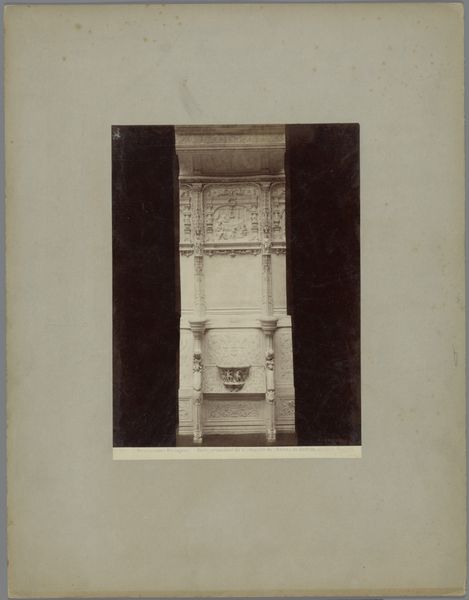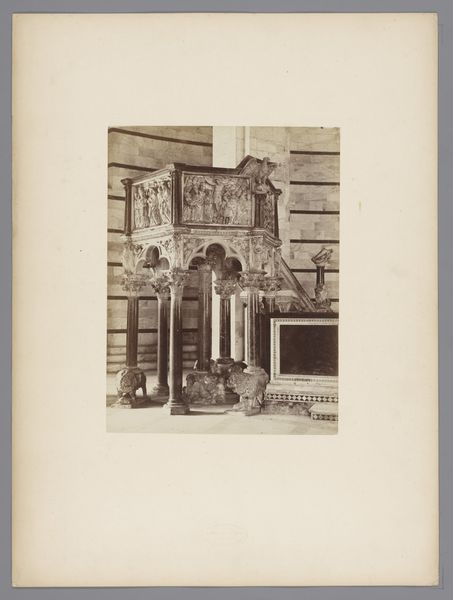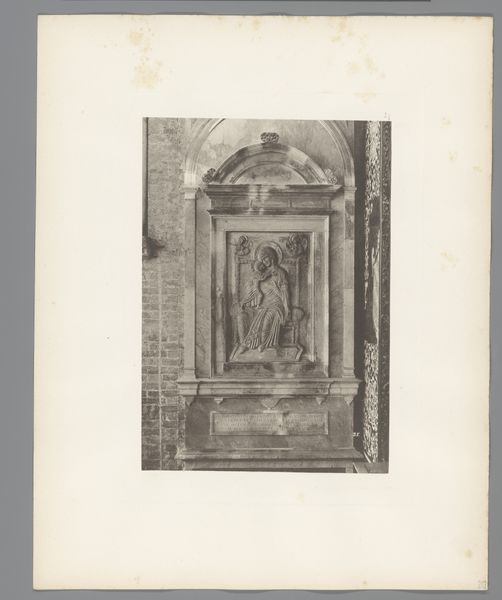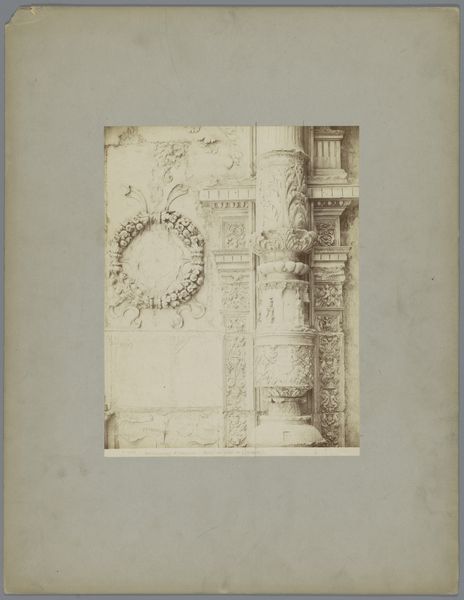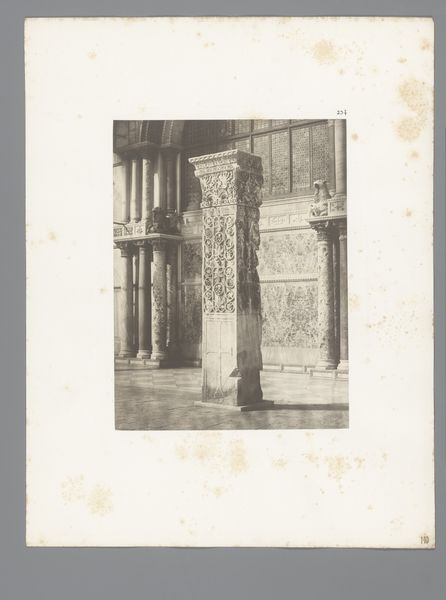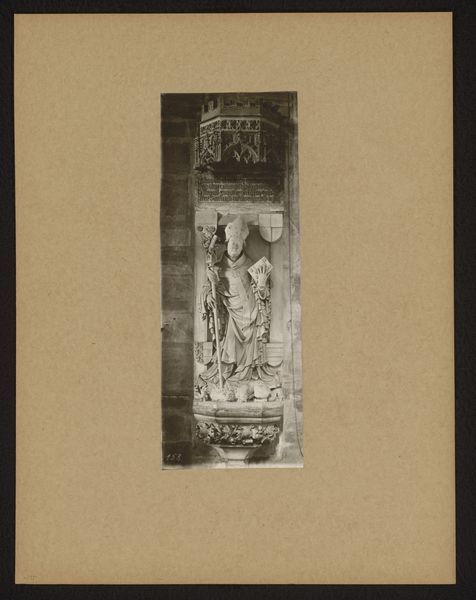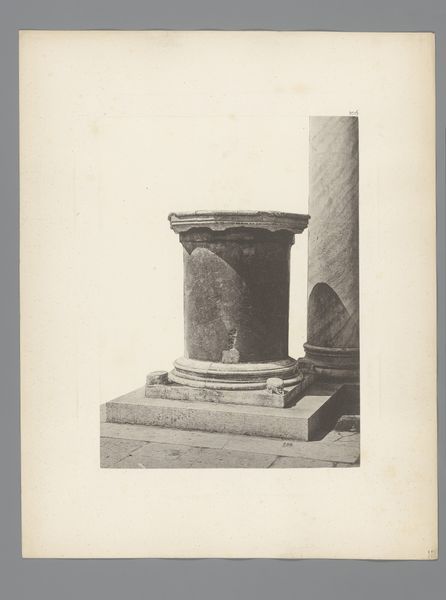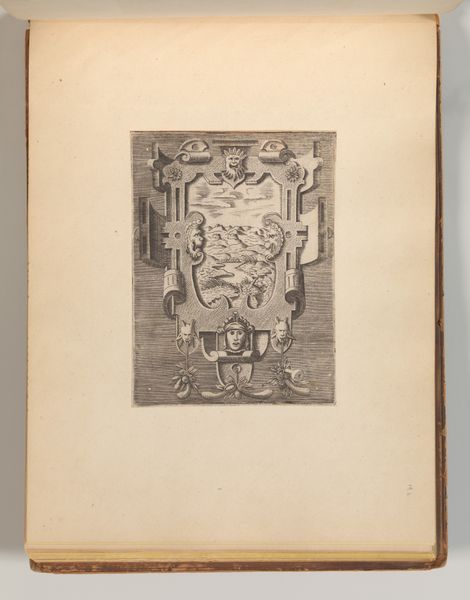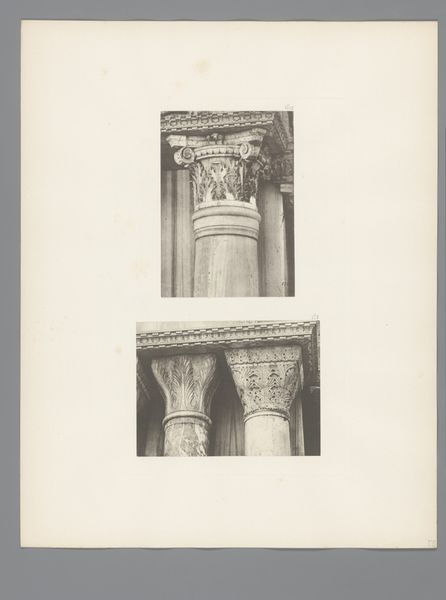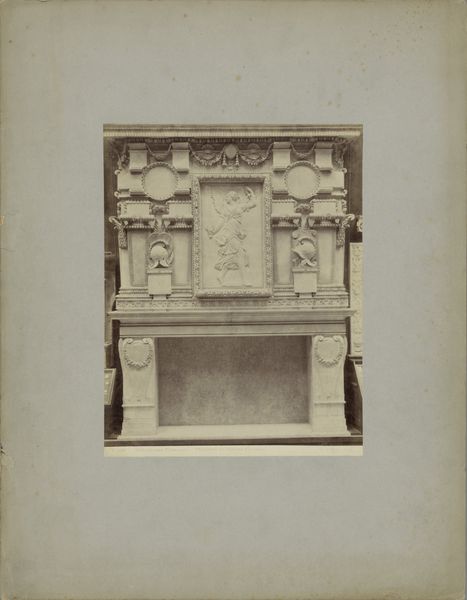
Preekgestoelte naar Benedetto da Maiano in de Santa Croce te Florence, Italië 1864 - 1881
0:00
0:00
print, photography, gelatin-silver-print, architecture
#
portrait
#
16_19th-century
# print
#
photography
#
classicism
#
gelatin-silver-print
#
architecture
#
realism
Dimensions: height 470 mm, width 350 mm
Copyright: Rijks Museum: Open Domain
Editor: This is a photograph titled "Preekgestoelte naar Benedetto da Maiano in de Santa Croce te Florence, Italië", taken between 1864 and 1881 by Giacomo Brogi. It's a gelatin silver print depicting a pulpit, and the detail is just incredible. It makes me wonder about the role of photography in documenting art at that time. What catches your eye in this image? Curator: The photograph itself, beyond the pulpit, is the artwork that I think demands more scrutiny. In the 19th century, photography shifted from capturing simple portraits and landscapes to documenting culturally significant architecture and artwork, playing a crucial role in disseminating and preserving visual information, in effect expanding the viewing public. Brogi’s photograph provided accessibility to a select Florentine Renaissance design that was previously limited. Does knowing that shift how you understand the photograph? Editor: That definitely provides another lens! So the photo isn’t just capturing the beauty of the pulpit, it’s actually expanding who gets to even see it and engage with Renaissance art and architecture, so the politics of visual culture start to enter into this art. Is that right? Curator: Precisely! The print becomes a form of cultural capital, almost a souvenir. Consider also how the composition—the angle, the lighting—shapes how the viewer perceives the original sculpture. Brogi’s decisions are interpretive acts. Editor: So it’s not just documentation, it’s a curated perspective. I hadn’t thought about that. That adds another layer to my understanding of the image and of the artist's influence on that audience, giving a completely new perspective on cultural experience! Curator: Exactly! By emphasizing its visual features, we recognize how an artwork operates as a complex historical artifact rather than solely being defined by the architectural or artistic aspects of the physical artwork. Editor: I see the image in a completely different way now! I was initially drawn to the artistry of the pulpit, but I now understand it in its socio-historical context thanks to you.
Comments
No comments
Be the first to comment and join the conversation on the ultimate creative platform.
